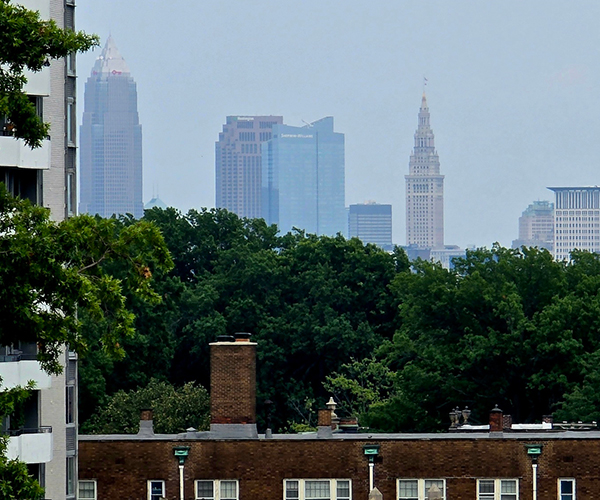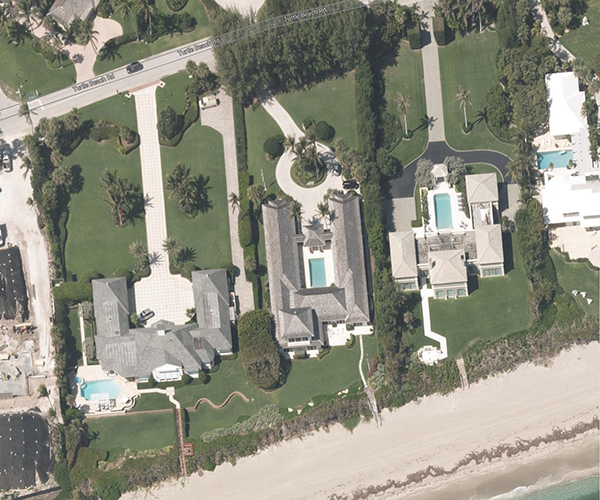Downtown's Towering Guardians of Traffic will soon watch over a new bike-and-pedestrian lane as part of a $4.5 million makeover of the Lorain-Carnegie Bridge, scheduled to be completed this fall. The state's investment in the east-west span, which connects downtown and Ohio City, was a compromise meant to satisfy bicycling advocates disappointed that bike lanes weren't part of the new Innerbelt Bridge design. "We are a city that is divided by a river," says Cleveland planning director Robert Brown. "Anything we can do to bridge that gap, we like to pursue."
/ Shifting Safely / While experienced riders are still encouraged to share the road with motorists (outside lanes in both directions will be marked with sharrows to reinforce this fact), a 14 1/2-foot multiuse path will replace the existing 6-foot-wide sidewalk along the north side of the bridge. A physical barrier will separate the lane from automobile traffic. "Creating safe cycling and walking areas on this bridge is important," Brown says. "It's one of the two major bridges that connect the East Side and the West Side."
/ Night Lights / New, historic-style lighting, resembling the way the bridge was illuminated in 1932, will shine down on the new path. The Guardians are getting some attention, too. "They will be lit up to bring more visibility and prominence to them," Brown says.
/ Tricky Dismount / Bicycle- and pedestrian-friendly improvements, such as shortened crosswalks and a multiuse path that connects to Ontario Street, will be made at the bridge's eastern end — an area that's long been daunting for nonmotorists.
/ Connecting Tremont / As part of the larger Innerbelt project, the existing Abbey Avenue bridge will be updated with a bike lane and wider sidewalks to create a better link between the West Side neighborhood and downtown. "There'll be a connection from Abbey Avenue that uses West 19th and 20th streets to connect to the [Lorain-Carnegie] Bridge," Brown says.



